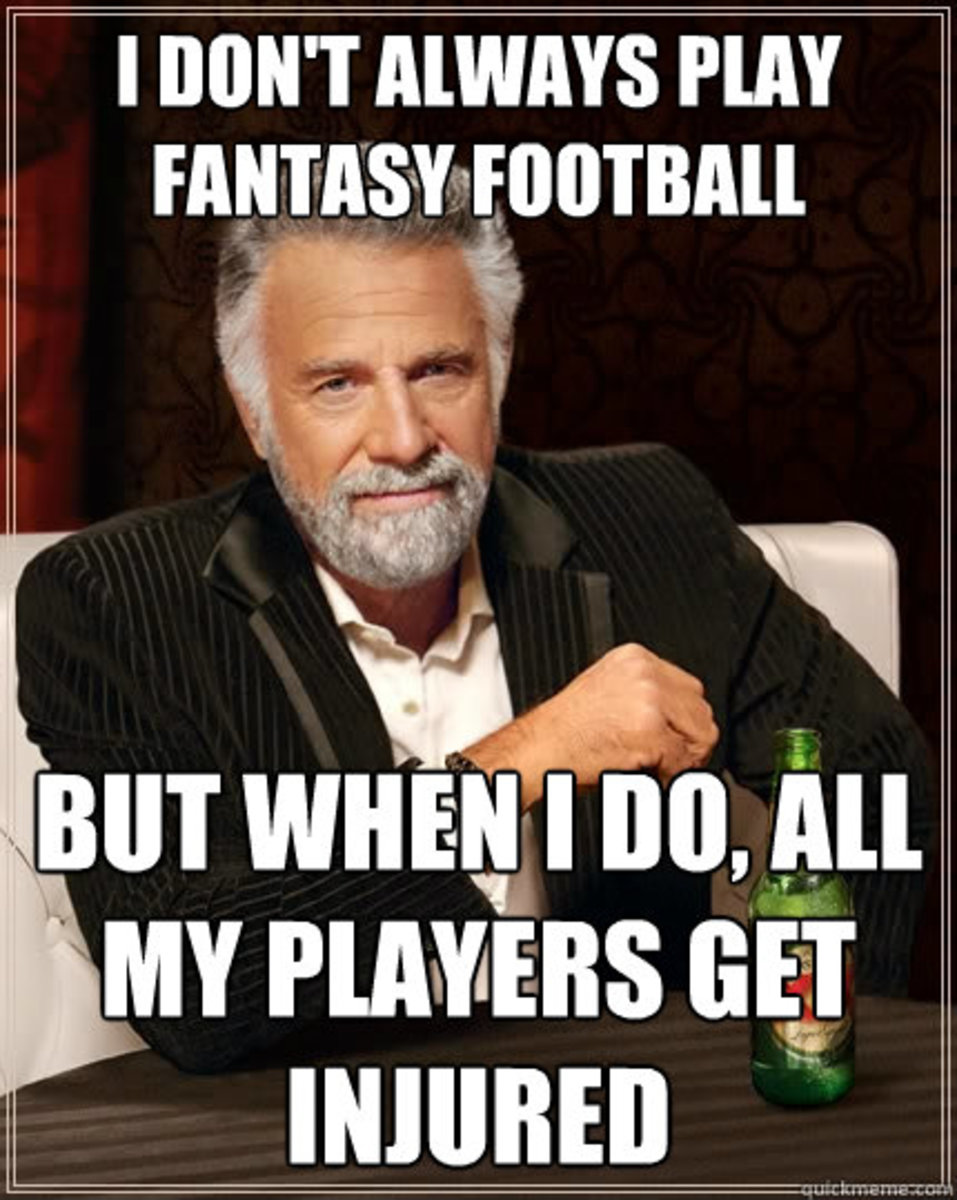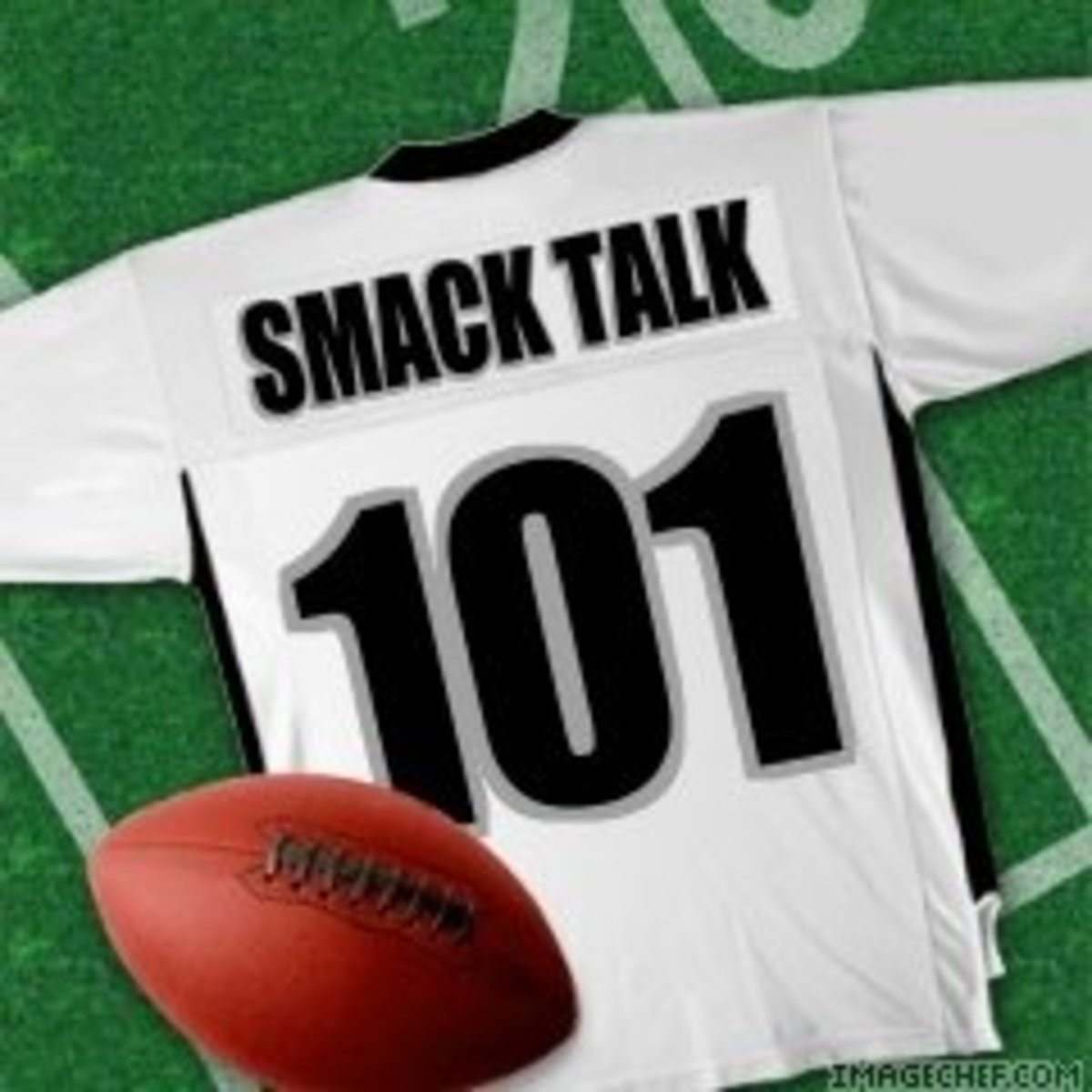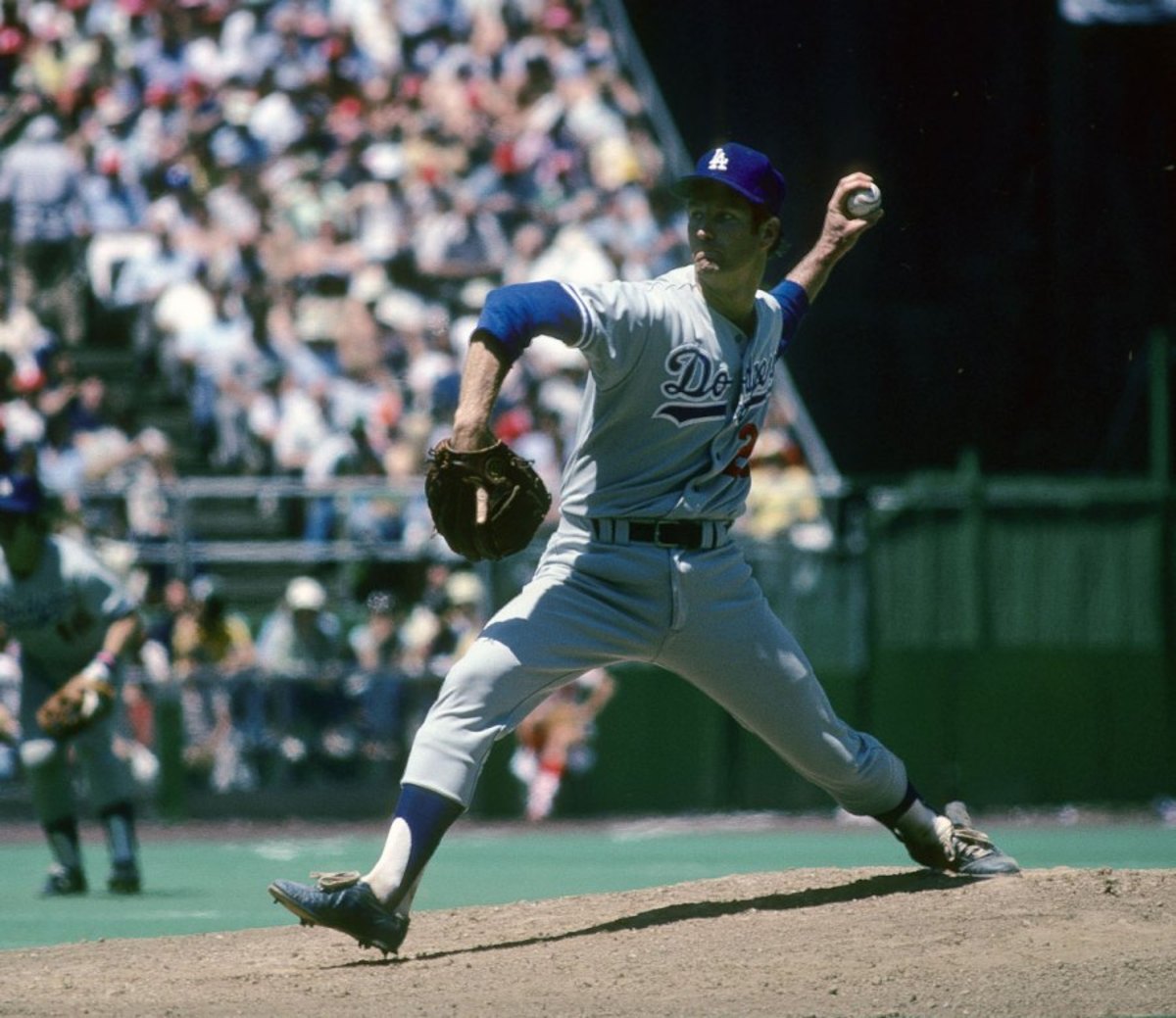My (Advanced) Fantasy Football Auction Strategy (Part 2)

This is the third and final Hub in my series on Fantasy Football auction strategies. Before reading this Hub, though, please go back and read the two in this Hub series. Much of what is referenced here is based on them (including the descriptive terms of Snyder, Belichick and Thompson). That way, you can get the most out of this Hub.
HUB 1: Fantasy Football Auction Tips
HUB 2: My (Advanced) Fantasy Football Auction Strategy (Part 1)
Let me also remind you here of the most important part of any auction strategy, as discussed in the previous Hub, and it might be surprising: your pre-auction player ranking and evaluations. There is NO auction strategy that will compensate for inadequately ranking and valuing your players before the auction. Even more surprising, though, is how to prepare your rankings for an auction.
Most of the time, people tend to start at the top. They price out the elite players' auction values and then allocate the remaining budget to the rest of the players. That is backwards! The elite players do not determine the rest of the board; rather, the $1 players determine the vale of the studs!
"Mr. Potato Jackson!"

Let's explore how that works. First, start by identifying which players are essentially valueless: these are the players who, from then on, would be relatively interchangeable with any other remaining player or relatively close in production to any remaining player. If, for instance, it's at RB23, that means that you don't really care which RB(s) you get from them on: #23 has essentially the same value as #29 or #49. Most people would tend to assign $3-$4 to RB23, $2-3 to RB29 and $1 to RB49. But, if you see them as relatively close in production value, then drop all those guys to $1. (While you might have a slight preference, say, for RB31, you can go ahead make him $2 if you'd like, but that should be a rare exception to the rule.)
Of course, you still have preferences. All things being equal, you'd rather have your RB23 than your RB37: that's why he is ranked higher. But, in an auction, it's all about to which players you allocate your resources. Would you rather spend $3 extra to get RB23 instead of a $1 RB ranked a little lower or use that additional money to secure RB6 rather than RB14?
This way, you'll have much more money to allocate to your top-players than everyone else in your league. While they're spending $3, $4, $5 or even $8 on a back-up QB that you have at number 14, you'll be just as content spending $1 or $2 on QB19-- a QB whose production will not be far off from QB14. Do that at all positions, and I guarantee at least $30 extra in a $200 auction: that's like starting the league with a 15% larger budget!
The next critical question is where to allocate those extra dollars. There are two basic options.
Option 1: Let's say that you believe that the top tier of WRs this year is a significant upgrade over the second tier. Then, simply re-allocate all that extra money to the top-tier WRs. Replacing those $3 or $4 players with $1 players doesn't change your team much: they're all relative close in anticipated production value. But, using that money to go from a mid-tier WR to a difference-maker WR might be the difference between playing for the championship and being eliminated in the first round.
Option 2: If, however, we say that the gap between the upper tier and middle tier of WRs is relatively small, then re-allocate that money to other positions. You'll have MUCH better QBs, RBs, etc. than anyone else without making a significant sacrifice at WR!
Moreover, within a single auction, you might use each of the options for a different position. That's best; it's the key to your pre-auction planning. At the end, you'll be amazed at how much "more" money you will have to allocate than anyone else in your auction. And, you'll team will be that much stronger for it!
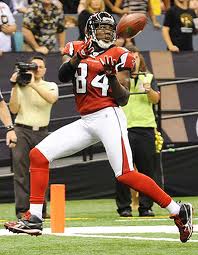
Now, I'll break this approach down into specific auctions, each highlighting how to apply this strategy to the different auction profiles (Snyder, Belichick and Thompson) that we discussed in earlier Hub posts.
Last year, in one auction league, I saw only a handful of elite WRs, elite QBs and elite RBs. I also saw a VERY deep tier of RB2s and WR3s. So, I drastically reduced the WR and RB values of tiers 2 and lower and added the differential to the elite players. This is clearly the Snyder approach. I ended up with my top-ranked QB (Rodgers), a top-five-ranked RB (Jones-Drew), and two of my top-four-ranked WRs (Fitzgerald and White). The rest of my team was rounded out with very capable players at $1, including M. Bush, B. Tate and CJ Spiller. With those four studs alone, I was already in great shape to compete if not win in any given week. The rest of my season was spent on the waiver wire and trading block finding upgrades at the other positions. That team, not surprisingly, made it to the Superbowl.
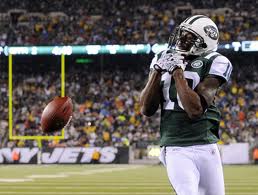
Had I not held fast to my tiers, however, I would have spent my money on guys like Tolbert (who went for $7), Ingram ($10) or P. Thomas ($5) instead of Bush, Tate and Spiller, who went for $1 each. While I certainly preferred some of those players to others, their anticipated production, in my eyes, were all relatively similar. And, the extra $19 that it would have taken to marginally upgrade to Tolbert, Ingram and Thomas (if that is an upgrade at all) would have meant that, instead of having White ($34) on my team, I would have had S. Johnson ($12), S. Holmes ($13) or B. Marshall ($13) instead. Or, it would have meant downgrading from MJD ($39) to Best ($20), Greene ($19) or F. Jones ($14).
Where Tate, Bush and Spiller were essentially interchangeable with the much more expensive Tolbert, Ingram and P. Thomas, my upgrade from Holmes to White or from Best to MJD played a critical role in bringing me to the championship game!
Tom Brady and Drew Brees

In another league last year -- a twelve-team league in which each team starts two QBs every week -- I wanted two of my top-three-ranked QBs (Rodgers, Brees and Brady) and determined to overpay for them, if necessary. I then figured that I could find values in other places according to my tier rankings. This is the Belichick approach, and it worked brilliantly, driving me to a championship season. With Brees and Brady leading the way, I found value at every other position. My seven WRs, for instance, totaled $34, less than four individual WRs went for! My WR crew of Jordy Nelson, AJ Green, A. Brown, D. Moore, S. Moss, J. Jones (GB) and D. Bess held up pretty well. It wasn't close to the best WR group in the league, but it was competitive every week. And, what I lost in WR production, I more than gained in QB production (remember -- it is a two-QB league). That is all because I valued the mid-range WRs much closer to the elite tier and was comfortable taking whichever ones I could get at value. Thus, I had the extra money to grab the difference-making QBs.
My final example comes from a 2009 auction where leftover auction money has value (it is used for Free Agent auctions during the season), and I was determined to have significant money remaining after the auction. In that year, moreover, I did not see as many stand-out players as in other years. So, I was willing to accept players who were only at a "discount": guys who went for below what I determined their worth to be. This, clearly, is the Thompson approach. To be sure, I admit freely and in hindsight that I did not accurately gauge the WR position properly before the auction and, as such, ended up with an embarrassing roster of WRs. The rest of my team, though, was competitive at every position at a discounted price. I only spent $113 of my $200 and used the extra money to acquire any and every free agent that I wanted and as a commodity in trades. I ended up finishing third that year. Had I valued WRs more accurately (and raised their auctions prices by even just about $2 per WR), then I would likely have had 2-3 top 25 WRs on my roster instead of one or none! And, it only would have cost me about $20 more, still giving me all in-season money edge that I wanted. I have no doubt that, instead of finishing third, I would have been in the Superbowl. In other words, it was not the Thompson approach that failed but rather my pre-auction values. That not-as-successful-as-it-could-have-been season of mine further emphasizes just how critical your pre-auction player rankings are in determining your auction success and your season's success.

Phew. That was a lot to digest! A lot of complex strategy distilled into a few sentences and terse examples. So, let me give you the following SUMMARY: be wiling to increase the number of players on whom your are comfortable spending only $1 or $2 -- they are mostly interchangeable since their production will be relatively close. That extra money can then be allocated to elite or tier-2 players. It is much better to upgrade from a tier-2 player to a tier-1 player than to jump up from position player #43 to #31.
Questions or responses? Let me know in the Comments section below.

